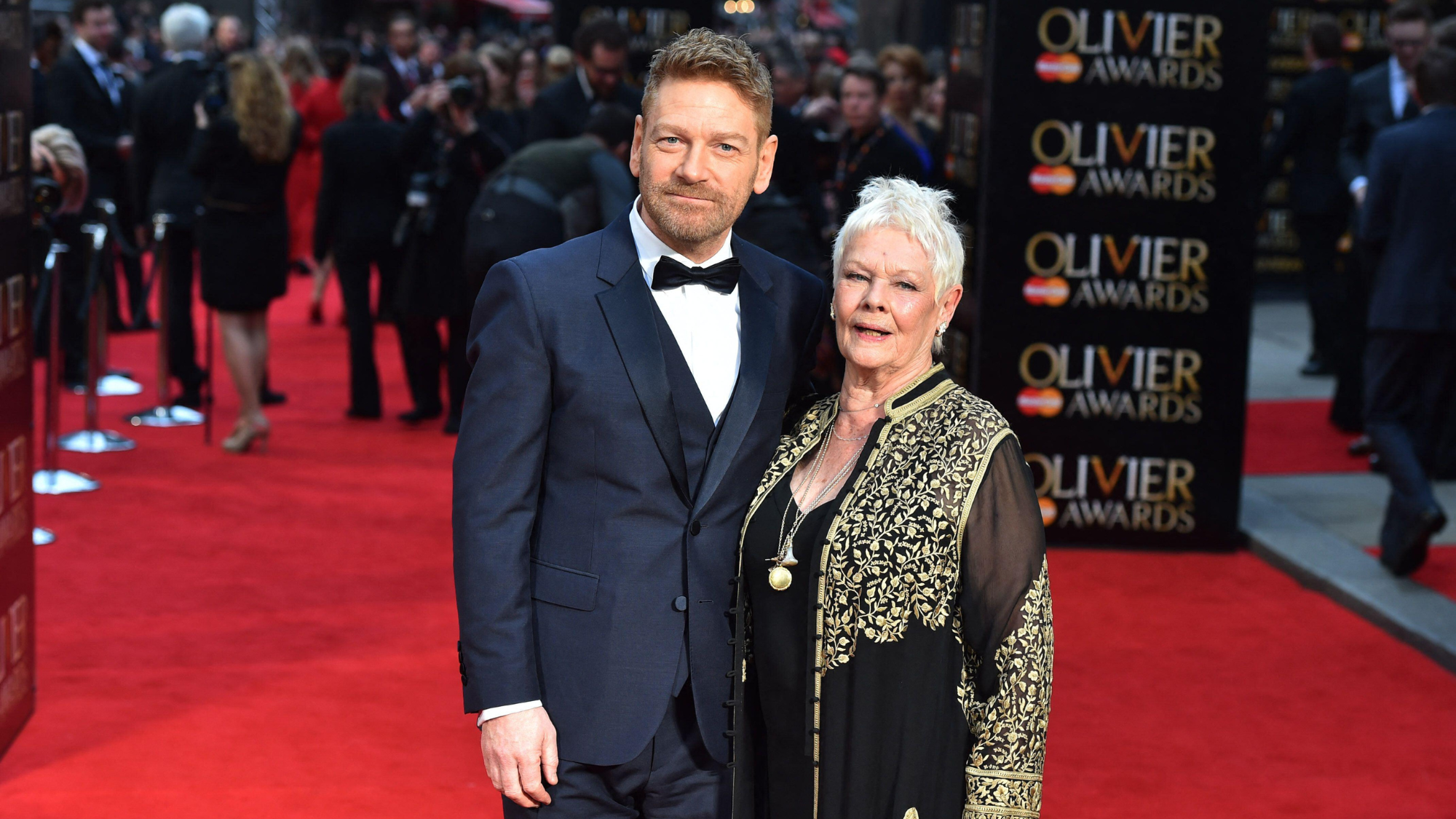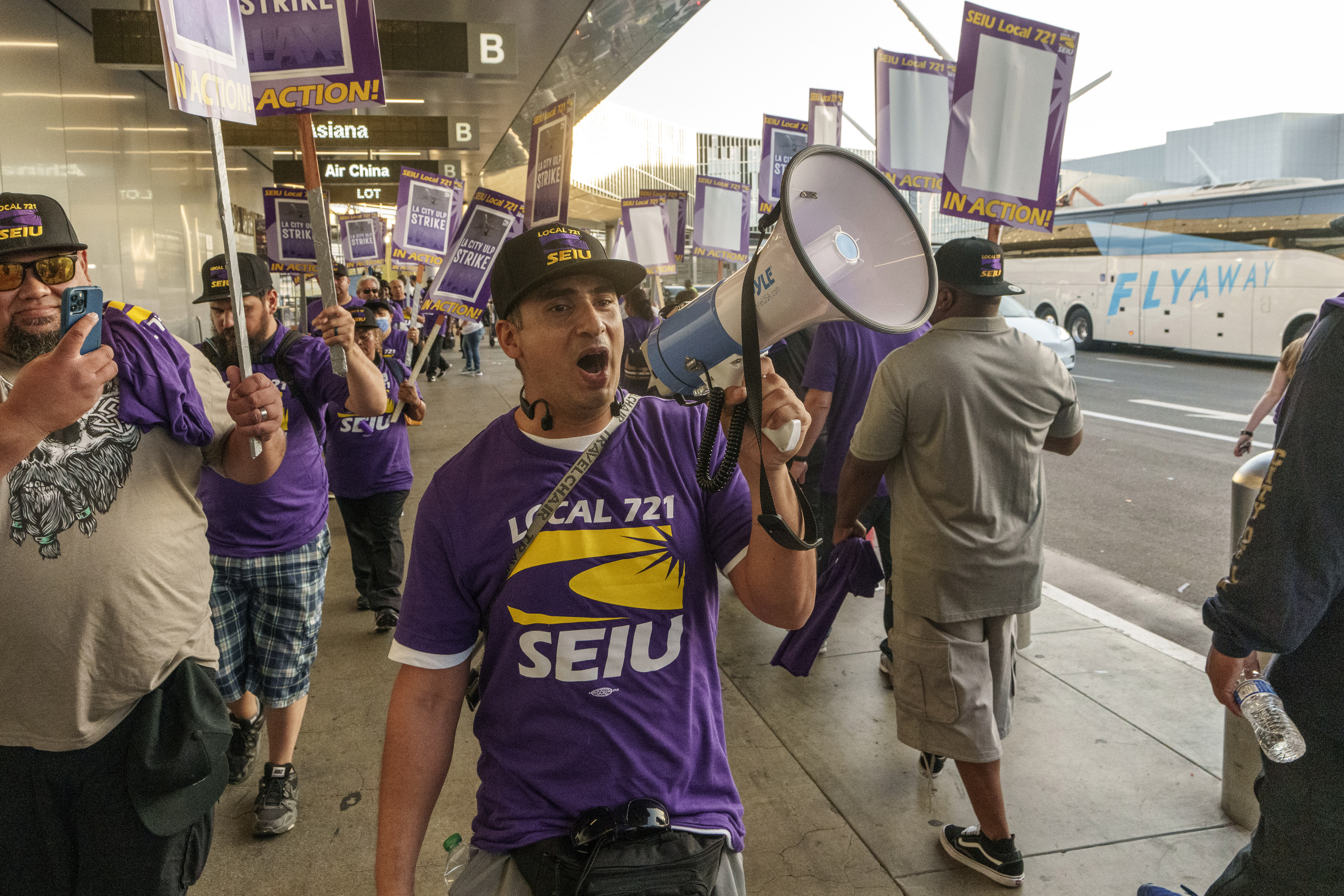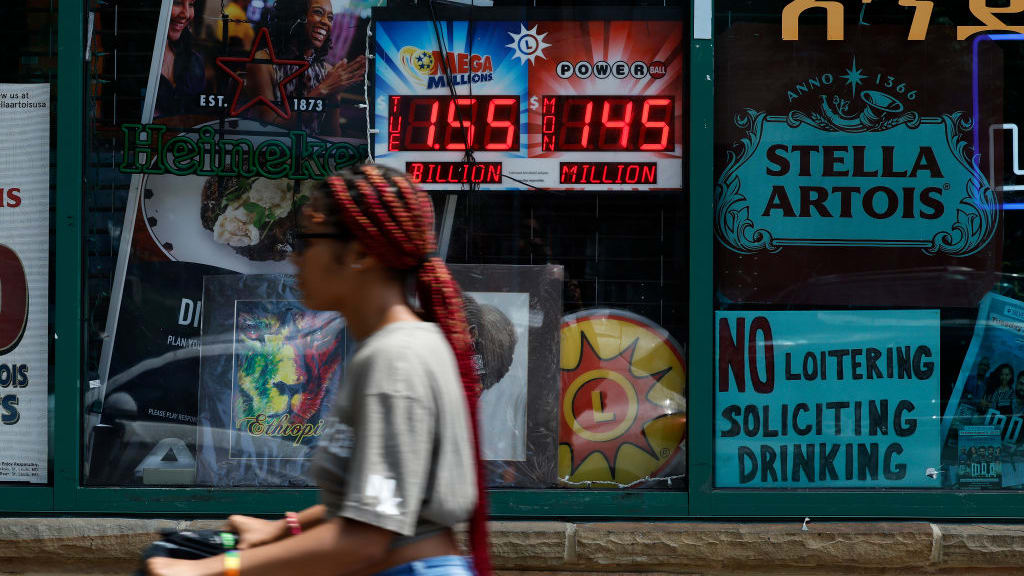An estimated 1 in 100 Americans marched for women on Saturday


On Saturday, at least 3 million women, children, and men gathered in Washington, D.C., for a Women's March and in more than 650 other cities and towns around the world for "sister" marches, broadly speaking to stand up for women's rights and protest President Donald Trump on the first full day of his presidency. Crowd sizes are difficult to measure accurately, and though the National Park Service does put a figure on crowds on the National Mall, the estimates are politically sensitive enough that Congress barred the agency from releasing them in 1996.
By all accounts, though, the turnout at the marches exceeded the expectations of the organizers. By all measurable metrics, more people showed up to protest Trump in Washington than to see him sworn in on Friday — three times more, according to an estimate by crowd scientists for The New York Times. Here's a look at some of the numbers:
Estimated number of protesters in the U.S.: 3.3 million to 4.6 million (per tally by Jeremy Pressman, Erica Chenoweth)
The Week
Escape your echo chamber. Get the facts behind the news, plus analysis from multiple perspectives.

Sign up for The Week's Free Newsletters
From our morning news briefing to a weekly Good News Newsletter, get the best of The Week delivered directly to your inbox.
From our morning news briefing to a weekly Good News Newsletter, get the best of The Week delivered directly to your inbox.
Population of America: 324 million
Number of Americans who voted for Trump: 63 million
Number of Americans who voted for Hillary Clinton: 65.8 million
Estimated number of protesters outside the U.S.: 263,000 to 297,000 (Pressman, Chenoweth)
A free daily email with the biggest news stories of the day – and the best features from TheWeek.com
Estimated number of protesters in Washington, D.C.: 470,000 to 680,000
Number of march-related arrests in Washington, D.C.: 0
Estimated protesters in Los Angeles: 500,000 to 750,000
Number of march-related arrests in Los Angeles: 0
Estimated number of protesters in New York City: 400,000 to 500,000
Estimated number of protesters in Chicago: 250,000
Estimated number of protesters in Denver: 200,000
Estimated number of protesters in London: 100,000
Number of protesters in Stanley, Idaho: 30
Population of Stanley, Idaho: 63
D.C. Metro rides on Jan. 21: 1,001,613 (second-highest day on record)
D.C. Metro rides on typical weekday: 639,000
D.C. Metro rides on Jan. 20: 570,557
D.C. Metro rides on Jan. 20, 2009: 1.1 million (record, Obama's first inauguration)
You can get a glimpse of what those numbers look like in human terms in the Wall Street Journal report below. Peter Weber

Peter has worked as a news and culture writer and editor at The Week since the site's launch in 2008. He covers politics, world affairs, religion and cultural currents. His journalism career began as a copy editor at a financial newswire and has included editorial positions at The New York Times Magazine, Facts on File, and Oregon State University.
-
 Tea with Judi Dench: ‘touching’ show is must-watch Christmas TV
Tea with Judi Dench: ‘touching’ show is must-watch Christmas TVThe Week Recommends The national treasure sits down with Kenneth Branagh at her country home for a heartwarming ‘natter’
-
 Codeword: December 24, 2025
Codeword: December 24, 2025The daily codeword puzzle from The Week
-
 Sudoku hard: December 24, 2025
Sudoku hard: December 24, 2025The daily hard sudoku puzzle from The Week
-
 Nobody seems surprised Wagner's Prigozhin died under suspicious circumstances
Nobody seems surprised Wagner's Prigozhin died under suspicious circumstancesSpeed Read
-
 Western mountain climbers allegedly left Pakistani porter to die on K2
Western mountain climbers allegedly left Pakistani porter to die on K2Speed Read
-
 'Circular saw blades' divide controversial Rio Grande buoys installed by Texas governor
'Circular saw blades' divide controversial Rio Grande buoys installed by Texas governorSpeed Read
-
 Los Angeles city workers stage 1-day walkout over labor conditions
Los Angeles city workers stage 1-day walkout over labor conditionsSpeed Read
-
 Mega Millions jackpot climbs to an estimated $1.55 billion
Mega Millions jackpot climbs to an estimated $1.55 billionSpeed Read
-
 Bangladesh dealing with worst dengue fever outbreak on record
Bangladesh dealing with worst dengue fever outbreak on recordSpeed Read
-
 Glacial outburst flooding in Juneau destroys homes
Glacial outburst flooding in Juneau destroys homesSpeed Read
-
 Scotland seeking 'monster hunters' to search for fabled Loch Ness creature
Scotland seeking 'monster hunters' to search for fabled Loch Ness creatureSpeed Read
